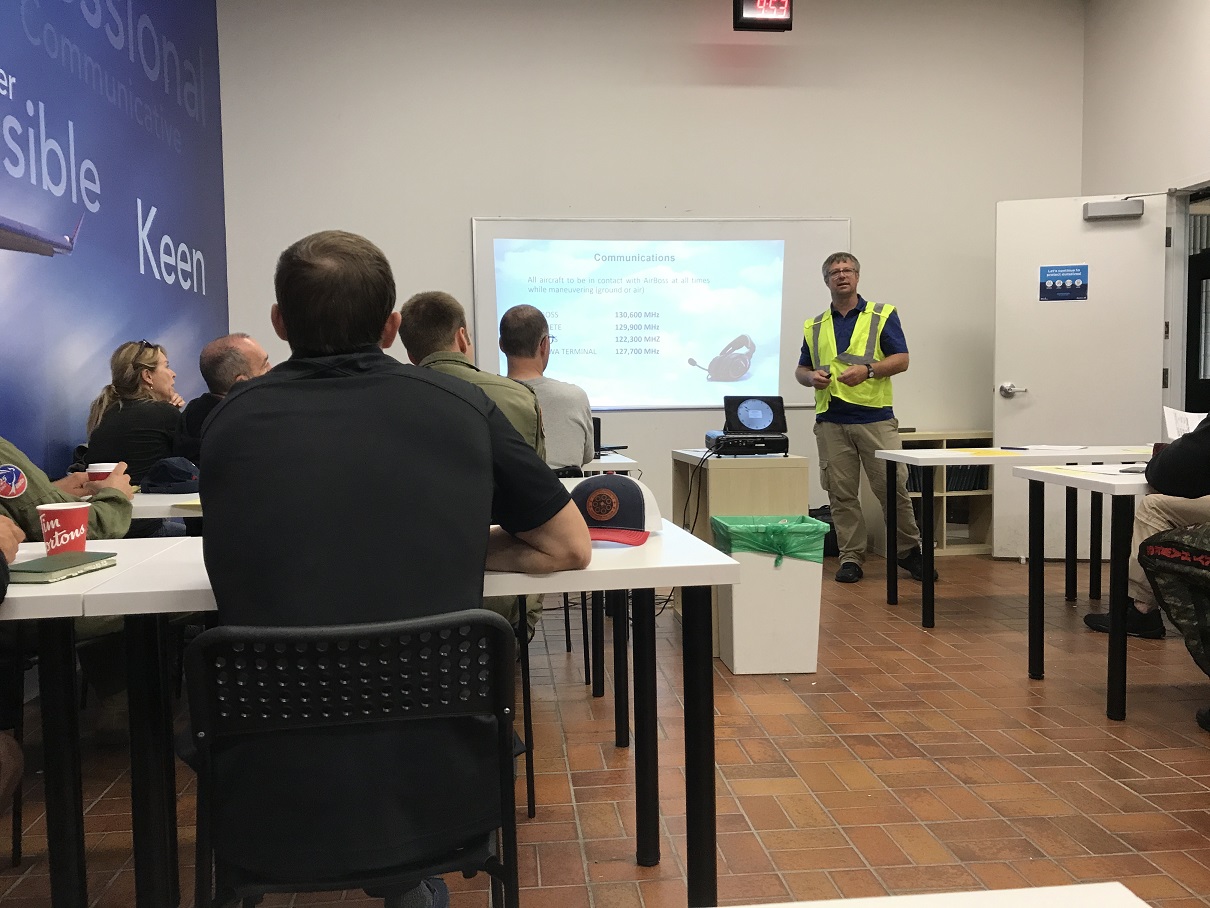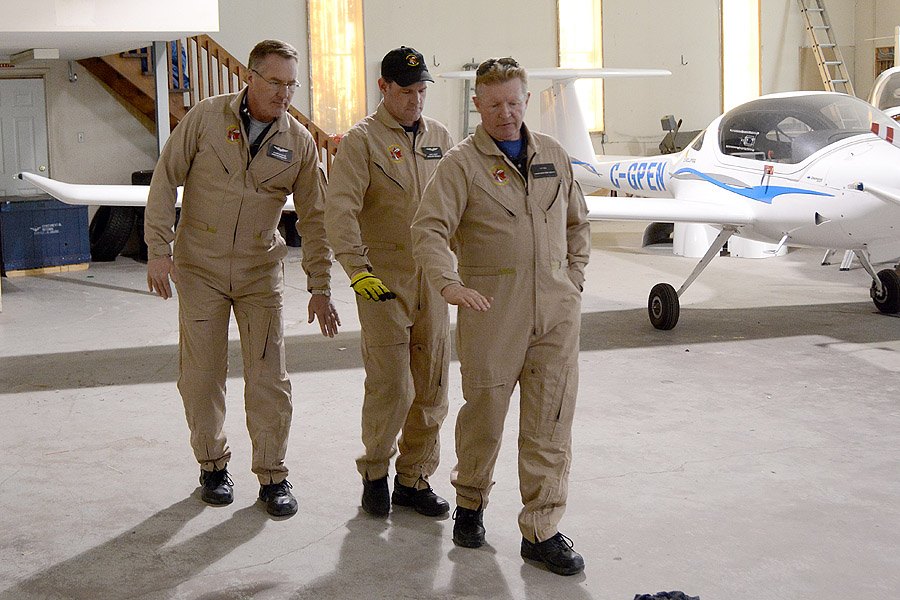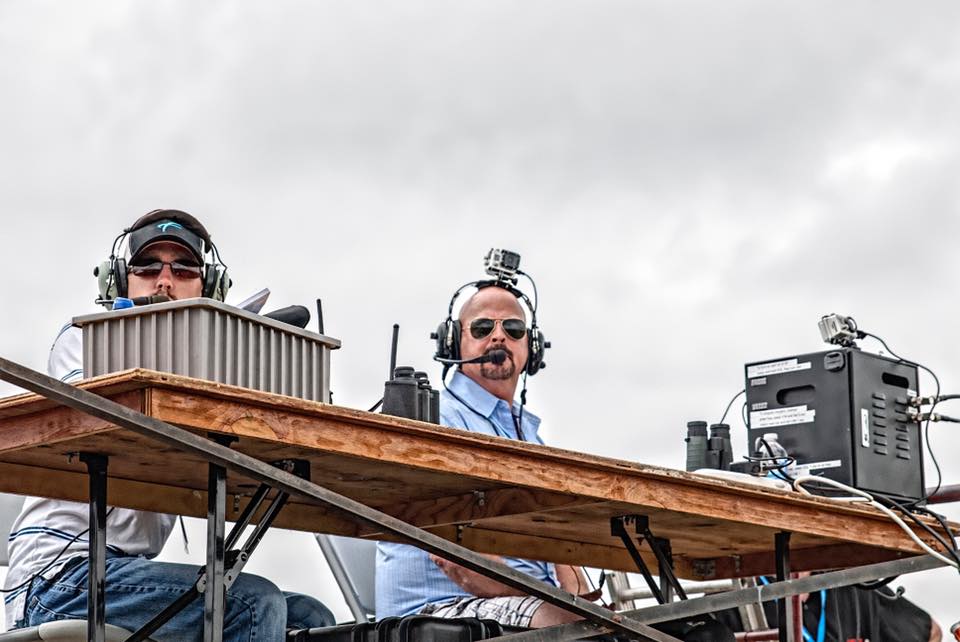Here’s a cut-down version of how an airshow works from the pilot’s perspective. In the wake of a recent accident I’ve been asked how it happened, or what my thoughts were. In fact, it’s a mistake to comment on accidents before the formal NTSB investigation is complete — you don’t have all the facts and you’re likely to be wrong. I’ve been involved with several investigations, and learned to shut up lest I further embarrass myself.
In the wake of a recent accident I’ve been asked how it happened, or what my thoughts were. In fact, it’s a mistake to comment on accidents before the formal NTSB investigation is complete — you don’t have all the facts and you’re likely to be wrong. I’ve been involved with several investigations, and learned to shut up lest I further embarrass myself.
Here’s the key point: accident investigation by social media is unprofessional.
We’re all human, and want to be part of the discussion and have the inside track, but it’s only speculation unless you were on the AirBoss stand, or flying one of the aircraft — and even then there will be information you are missing. However, in the course of the discussions I’ve come to realize that the details of how an airshow is put together are not widely known. Misconceptions are common.
I’ve flown about 20 major airshows in the last 5 years, in P-40/Mustang/Spitfire or rare aircraft such as the Lysander. And lots before that. I’m currently Chief Pilot for a warbird collection. Here’s how it works:
The flying portion is run by the AirBoss. They call the shots, period.

That process starts months before. The sponsoring group hire the AirBoss, who, depending on the country, has a letter of authority from the Regulatory Body. In the USA that’s the FAA, in Canada it’s the RCAF, oddly. Also, ICAS (International Council of Air Shows) does a great deal of the training and evaluation for Air Bosses as agreed and directed by the Regulators. The AirBoss then contacts the pilots and evaluates their License, Medical, Maneuvers Description, aircraft Certificates of Registration, Airworthiness and Insurance, then submits all this to the RB; then requests the airspace, coordinates with the airport, and so on. It’s very paperwork-intensive; a long, complicated process. The actual day of the show is usually a relief — the admin work is finally over.
The RB authorizes the use airshow’s use of certain airspace. In the USA this is published as a Waiver; in Canada a Special Flight Operations Certificate. In Canada each performer is listed in it, and also their “limits” (such as Surface, or 200 ft above ground, etc). In the US the FAA inspector reviews the documents and that inspector has the authority to allow (or not allow) an aircraft and crew to fly in the show on the spot. In both countries the pilot in command of an aircraft or their team representative pilot must sign the waiver or SFOC indicating they have read and understood what they are allowed to do — and more importantly what they are NOT allowed to do.
The Airboss conducts a show briefing on the morning of every show day. If the pilot doesn’t show up, they don’t fly (unless the Airboss gives a special one-on-one briefing). Mandatory attendance. Roll call.
The show briefing addresses time-hack, airspace, show-lines, freqs, weather, ramp-use, holding areas, alternate airports, weather, emergencies, delays, etc. It is extremely thorough. Then, the schedule is gone through meticulously; who-flies-when, and where. Pilots speak up if they are not sure of deconfliction procedures, or formation-join airspace, recovery, etc. Problems are usually identified and solved right there on the spot. Sometimes it’s see-me-after-the-briefing, but that’s rare, and usually only if info is required from another source. A show briefing can sometimes last an hour.
The prime duty of an AirBoss is to keep airplanes out of the crowd. The secondary duty is to keep airplanes apart. An AirBoss has very little influence on keeping airplanes from hitting the ground, but if it were to happen, the understanding is that it should happen in the secure-sterile display area. The method of airspace deconfliction is the AirBoss’ choice. It is always discussed at the briefing and required to be understood before the show starts. There are three ways the Airboss will deconflict. Any/All are acceptable depending on the circumstances.
- Timing, “You takeoff after the Lysander lands.”
- Horizontally, “You hold south of the river. I’ll call you in after the Mustang advises last-pass.”
- Vertically, “The L-Bird formation will flyby at 1000 AGL. The T-6 formation will flyby at 1500 AGL.”
A person from the regulatory authority may be there for the briefing or may not — it’s at their discretion. They don’t give the briefing, in fact they don’t speak to the group. If they have a query, they speak to the AirBoss privately.
After the briefing the teams meet separately to go over their acts, and ensure it conforms to the AirBoss’ show-plan as presented at the briefing. They go into great detail amongst themselves to cover walk-start-taxi-takeoff times, rejoin location and altitude, comms, the display maneuvers, the formation break, recovery — then contingencies, and de-brief time and place. They might even walk the whole routine together in a hangar.
Sometimes the SFOC throws a curveball. I once showed up in the Spitfire to an airshow for which the SFOC wasn’t granted until that morning, the practice-day. It had a very surprising airspace restriction: https://youtu.be/yOthZs2koJw
During the airshow the AirBoss is usually located on a stand at show-center in front of the crowd. It’s a raised platform covered with communications gear and people wearing headsets. Access is restricted — distractions are not a good thing.
At the appointed time (published by NOTAM) the ATC unit stands back and hands over control of the designated airspace for the event. The AirBoss then becomes a de-facto controller. ATC Center and Arrival/Departure only control outside the show airspace. Tower stands back too, but feeds info to the Airboss when they feel it is helpful, such as “Montreal Center advises the A-380 ETA is now 15:35L”. The title AirBoss means exactly that. No one else intervenes, ever. And, if a private pilot shows up, requesting to land, the Airboss will probably deny it. In fact, any aircraft that wanders through the NOTAM-ed airspace is liable for violation — assuming they survive.
The airshow itself rarely goes according to the plan. Weather, or aircraft scrubs, change the schedule. The AirBoss has to react on-the-fly. Pilots get the changes by a human messenger or cell-phone, usually from an assistant-airboss, or over the comm freqs.
Transponder handling varies from airshow to airshow. Generally, in a team, only Lead squawks. The rest of the formations selects Standby. In STBY no info is transmitted. In some show routines the aircraft in the formation will also have a solo role. In that case they will have a separate Xpndr code and may be asked to switch from STBY to ALT depending on if they are in the formation, or solo. No hard-and-fast rule.
To be clear, there is no ADSB selector switch in an aircraft. It’s incorporated into the normal transponder selections: Off, Standby, Ground, On, and Alt. Alt means Altitude Send, and Receive if so equipped. Most warbirds do not have an ADSB receive display. They send info “Out” but have no ability to display info “In”. In an airshow this is not a problem because your eyeballs have to be outside, not looking at the panel — you’re too busy maneuvering or formation flying.
As a private pilot you can call up the AirBoss after the last act is complete and ask to takeoff or land. They may allow it even if the NOTAM is still in effect, but usually they hand the airspace back to ATC as soon as possible — they have other post-airshow things to do.
After the show the AirBoss may call you aside for a debrief. Perhaps you performed a maneuver differently from the display-sequence you’d submitted months before. Or you or a member of your team became confused by something. Or they’d really like you to get that radio working better! Normally it doesn’t happen, and no-news-is-good-news.
Smooth, simple, and as-briefed — that’s the goal of airshow flying.





